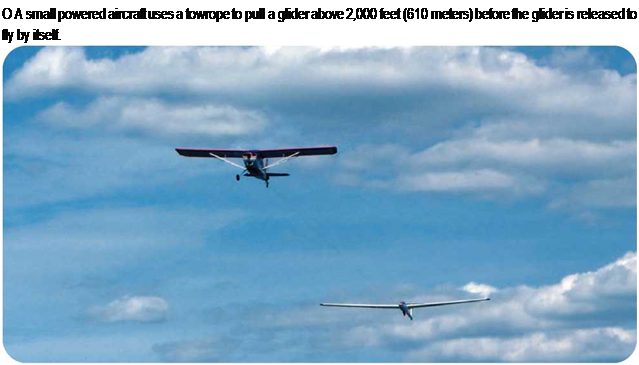Bernoulli’s Principle
|
B |
ernoulli’s Principle is a law of nature discovered by Daniel Bernoulli in the early 1700s. It states that when a fluid (either gas or liquid) speeds up, its pressure falls.
Bernoulli noticed that fluids flowing through a tube speed up when they pass through a narrower part of the tube. A tube of this kind, with a narrow section, is called a venturi. Bernoulli wondered where the extra speed came from. He found that it is caused by a fall in pressure inside the narrowest part of the venturi.
There is an easy experiment that shows Bernoulli’s Principle in action.
|
|
Blowing air between two regular sheets of paper might be expected to force them apart. Instead, according to Bernoulli’s Principle, the fast flow of air lowers the air pressure between the sheets of paper, and the higher pressure outside pushes them together. Blowing between two sheets of paper actually sucks them together.
Danger at Sea
Bernoulli’s Principle also explains a problem that affects ships. When two ships sail together, side by side, there is a danger that they will be sucked toward each other and collide. The shape of the two ships’ hulls creates a gap between them that narrows in the middle. This gap is the same shape as a venturi.
Water speeds up as it squeezes through the gap between the two ships. According to Bernoulli’s Principle, the water pressure here falls. The higher water pressure outside the ships pushes them together. Ships sailing close together, therefore, have to be steered carefully to keep them apart.



















